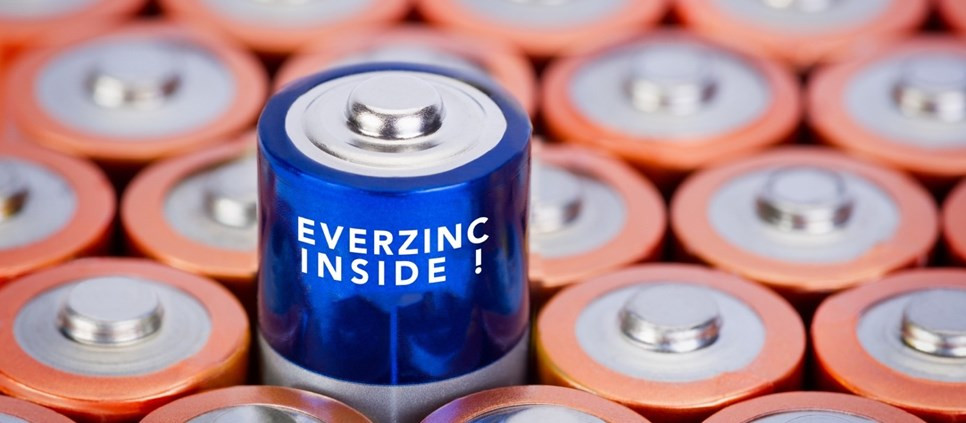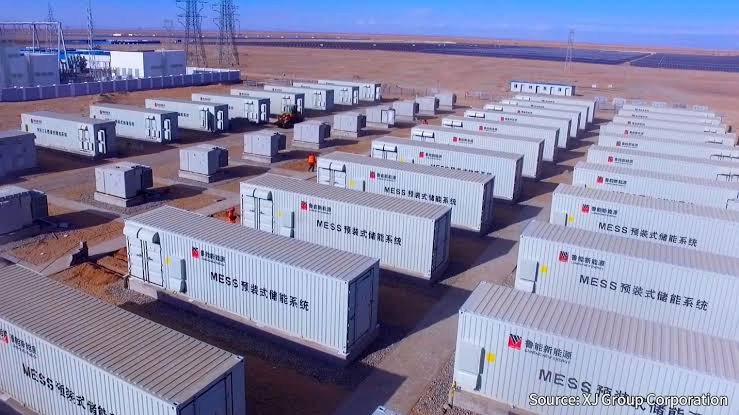Daily Shorts: Swiss town gets 100% RE capacity, Germany’s getting an 800 MW hydrogen power plant and more
Switzerland has installed six wind turbines in the town of Sainte-Croix along its French border, giving it enough capacity to meet the town's energy needs through renewable sources. The turbines, assembled by Germany's Enercon, will be operated by Swiss utility Romande Energie. The neutral nation has less than 50 wind turbines overall, with locals opposing installation since they can lower property values.
German utility RWE is setting up an 800-megawatt hydrogen power plant on an existing site, as part of its plan to replace coal-fired plants with cleaner generation sources and other efforts to go green. Spain's Tecnicas Reunidas will handle the approvals, which could take two years, as well as equipment and construction. The plant will use Italian company Ansaldo Energia's GT36 turbine, which can generate power from a 50:50 hydrogen-natural gas mix and go up to 100 percent hydrogen. Construction could start in 2025 and take up to 40 months.
Electricity demand in Texas hit another record high on Monday as a heatwave boosted cooling demands. Consumption touched 83,047 megawatts (MW), topping the 82,592 MW figure recorded on July 18. This was the sixth time the state hit a new high, but the main grid operator ERCOT said another one could be in the offing: it is forecasting demand of 84,332 MW for Tuesday. Energy wise, 1 MW of electricity a day can power 1,000 typical US homes, but only 200 Texas homes.
Chinese EV company Zhejiang Leapmotor unveiled a new vehicle platform and said it could license the same to other companies. CEO Zhu Jiangming said Leapmotor was in advanced talks with two foreign manufacturers, and there was the possibility of rebadged Leapmotor models overseas. The platform, developed in-house, has integrated computing which can control autonomous driving and offers smart cockpit capability. Like other EV makers, Leapmotor has been burnt by Tesla's price war. The company sold 44,500 units in the first six months of 2023, about 14 percent fewer than last year.





















